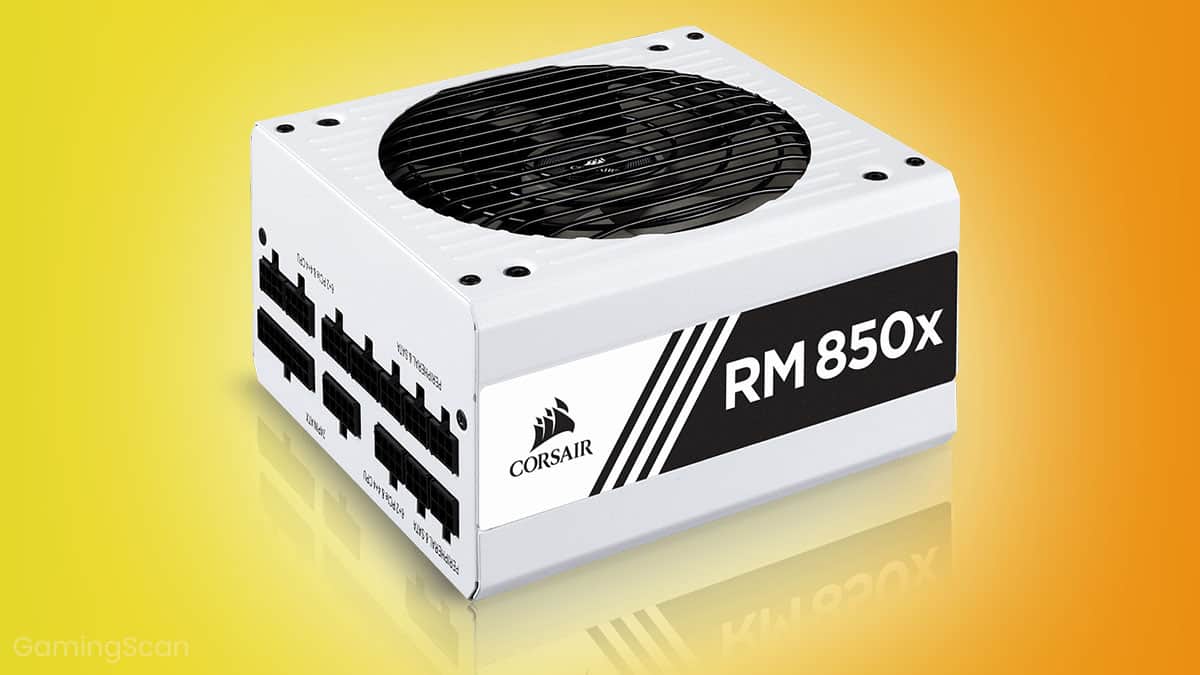Hello sexy people!
As the GPU market being updated with new models old GPUs become more affordable.
Will I get rendering speed increase (or any other benefits) by buying Nvidia 1080 8 gb ram and plucking in into a PC with the following specs:
Nvidia 1070 8 gb Vram
Motherboard: GA-Z77-DS3H (PCI Express 3.0 slots one is x16 and other one is x4)
CPU: I7-3770 3.4 ghz
RAM: 32 gb ddr3 1600
This Frankestein PC build is used as my workstation and is used mainly for rendering and modelling/texturing/animation purposes.
So the idea is to pluck 1080 into PCI3.0x16 slot and 1070 into PCI3.0x4 slot(I believe it will make 1070 slightly slower for real-time applications?) and use them for rendering purposes in Cycles. (No dual SLI GPU system, just two different videocards)
What are the pros and cons of such build? Will I get better rendering speed or will the other card negate the effect? What should be taken into consideration if you had the similar build?
Note. Motherboard does not support SLI it's actually a CrossFireX motherboard. But I believe this shouldn't be an issue for 3d software?
Thank you in advance!
As the GPU market being updated with new models old GPUs become more affordable.
Will I get rendering speed increase (or any other benefits) by buying Nvidia 1080 8 gb ram and plucking in into a PC with the following specs:
Nvidia 1070 8 gb Vram
Motherboard: GA-Z77-DS3H (PCI Express 3.0 slots one is x16 and other one is x4)
CPU: I7-3770 3.4 ghz
RAM: 32 gb ddr3 1600
This Frankestein PC build is used as my workstation and is used mainly for rendering and modelling/texturing/animation purposes.
So the idea is to pluck 1080 into PCI3.0x16 slot and 1070 into PCI3.0x4 slot(I believe it will make 1070 slightly slower for real-time applications?) and use them for rendering purposes in Cycles. (No dual SLI GPU system, just two different videocards)
What are the pros and cons of such build? Will I get better rendering speed or will the other card negate the effect? What should be taken into consideration if you had the similar build?
Note. Motherboard does not support SLI it's actually a CrossFireX motherboard. But I believe this shouldn't be an issue for 3d software?
Thank you in advance!


